By Jean H. Lee
Associated Press
March 1, 2007
Chamonix, France
"Follow my path exactly," my guide instructed sternly as we set off on the Vallee Blanche glacier descent, warning me of the crevasses hidden among the blankets of snow and boulders of ice that give the famed ski run its breathtaking beauty.
The stunning Vallee Blanche glacier run on legendary Mont Blanc — one of Europe's longest ski runs at 13 miles — also is among its most dangerous. Legions of skiers and hikers have died here since alpinists began traversing the White Valley some 200 years ago.
I had chosen the easy way up the mountain: by cable car to the stiletto-sharp peak of the Aiguille du Midi, or "needle of the south," 12,605 feet high. And now, after hearing about this run for years, here I was, about to embark on a descent, by snowboard, that is a kind of pilgrimage for powder hounds like me.
After letting me ooh and ahh over the panoramic view from the safety of the observation deck of mountain peaks bobbing in a sea of fog and snow, my guide, Yann, strapped me into a harness.
He tied us together by rope with a wink that said: "If you go down, you're taking me down, too," for the harrowing hike down a 30-degree incline of ice leading to the start of the run.
But I wasn't properly equipped for this. Yann shook his head and wagged his finger with disapproval, and I made a mental note to buy my own backpack, probe, shovel and avalanche beacon for any future jaunts in the backcountry.
We inched down by foot, step by step, among chain gangs of skiers linked to one another by rope, breathing heavily in the thin air. Behind us I could hear another guide telling the tale of a skier who had slipped off the ridge, his body landing about a mile and a half below in the town of Chamonix. Happens, oh, about a dozen times a year, he said.
I peered over the edge into a dizzying drop of ice.
Once safely seated on a ledge of snow, we strapped into our snowboards, the wind whipping around us.
I took a deep breath.
Carving our own line, we started off heading toward Italy — the Italians call the towering mountain Monte Bianco, and their side is known as the "sunny side of Mont Blanc" — and then cut back toward France.
We passed a kidney-shaped outcropping of rocks known as the Rognons and around the cliffs of the Geant and Tacul glaciers, passing the jagged waterfalls of ice said to have inspired Mary Shelley's vision of Frankenstein.
We communed with crows seeking a scrap of our picnic lunch as we dined al fresco on a vast snowy plain with mountain views as far as the eye could see.
It was just the two of us soaring down the wide, glacial plain, making fresh tracks in the powder: no chair lifts, no trail markers, no trees, no snow cannons, no speakers blasting hip-hop, no beginner skiers or snowboarders to watch out for — in fact, no other skiers or snowboarders at all within shouting distance.
On weekends, the Vallee Blanche can get crowded, with hundreds of skiers hurtling down variations of the run each day. But it gave me a taste for backcountry riding and made me forever impatient with marked trails, or as they call them here, pistes.
It's not expert terrain, but you need to be in total control: As we made our way down, Yann pointed out treacherously hidden crevasses known to swallow skiers whole. The glaciers also are lined with spiked seracs — ice pillars — that can break off with deadly speed and suddenness.
Several hours of gloriously quiet, breathtaking riding later, we dipped into the 4-mile ribbon of ice known as the Mer de Glace — Sea of Ice — for the home stretch.
This is the place where Shelley, who visited Chamonix in 1816 while writing "Frankenstein," had the monster meet his maker — on a vast, isolated, icy expanse flanked by rugged mountain peaks.
By the time Yann and I made it to the bottom, thighs shaking, and had hiked another 20 excruciating minutes out of the valley up what seemed like a wall at a 90-degree incline, we were ready for a celebratory beer along with the dozen other skiers already sprawled out on the slope, exhausted and elated.
For those who don't relish risking life and limb to see the Mer de Glace, a little red train chugs its way up the mountain from Montenvers.
And Chamonix, which hosted the first Winter Olympics in 1924, does have its share of marked pistes at a string of resorts spread along the Chamonix Valley.
Busy and crowded, Brevent in downtown Chamonix is linked by lift to Flegere. Experts head straight for the Grands Montets lift, which whisks skiers 10,820 feet up and offers access to some of the most technically demanding couloirs (steep ski corridors) in the world.
Snowboarders gravitate toward Le Tour, where wide-open slopes far above the tree line make for exquisite powder runs — as well as good terrain for beginners and families. From Le Tour, you also can dip into the Swiss town of Martigny.
After the intensity of the Vallee Blanche, I was ready for Le Tour: quiet, sunny, scenic and relaxed. Locals and regulars like to think of Le Tour — isolated at the far end of the Chamonix Valley — as their little secret.
"How did you find out about this place?" a skier at the next table asked at Le Pcheu, a two-room brasserie tucked in a warren of stone houses yards from the foot of the cable car.
We blamed a snowboarding instructor for divulging a local secret. And then we turned back to our leisurely feast — fondue, tartiflette, gnocchi, and naturally, a carafe of red wine — before finally hoisting ourselves back up on our feet and waddling back to the slopes.
Later that night, we celebrated at another Chamonix fixture: La Cremerie du Glacier, a rustic two-room cabin in the woods where locals jam the dozen wooden tables to savor croutes — grilled bread — dripping with cream and cheese.
To find La Cremerie from the ski slopes, take the Pierre a Ric run down from the Lognan gondola at the Grand Montets and before the last bend, watch for a sign for La Cremerie peeping out from the forest.
At night, downtown Chamonix heaves with tourists looking for an apres-ski party.
But 5 miles up the valley from Chamonix, Argentiere remains a quiet mountain hamlet: Shops laden with Savoyarde sausages line the two-lane road through town, flanked by family-run ski shops, brasseries and hotels with fading painted facades.
In town, there are two traditional French standbys, La Flambee and Le Dahu, rich with the aroma of fondue, raclette and tartiflette, a hearty casserole of cheese, potatoes, garlic and bacon. The Office is thoroughly British, with Sunday roast and a pool table. Le Stone bar offers pizza, pasta and beer.
But the gem of Argentiere is Chez Anais, an unassuming restaurant up the road from the Hotel Montana where the food is simple but delicious, and the service warm and friendly — rare in a ski town that takes in about 60,000 visitors daily during the winter.
After bringing me my potage aux legumes — vegetable soup — himself, the chef darted back into the kitchen and then with a flourish, set down a bowl of freshly grated cheese. Wiping his hands on his apron, he poured me a glass of red wine and then with a broad smile and wink, wished me a "Bon appetit."


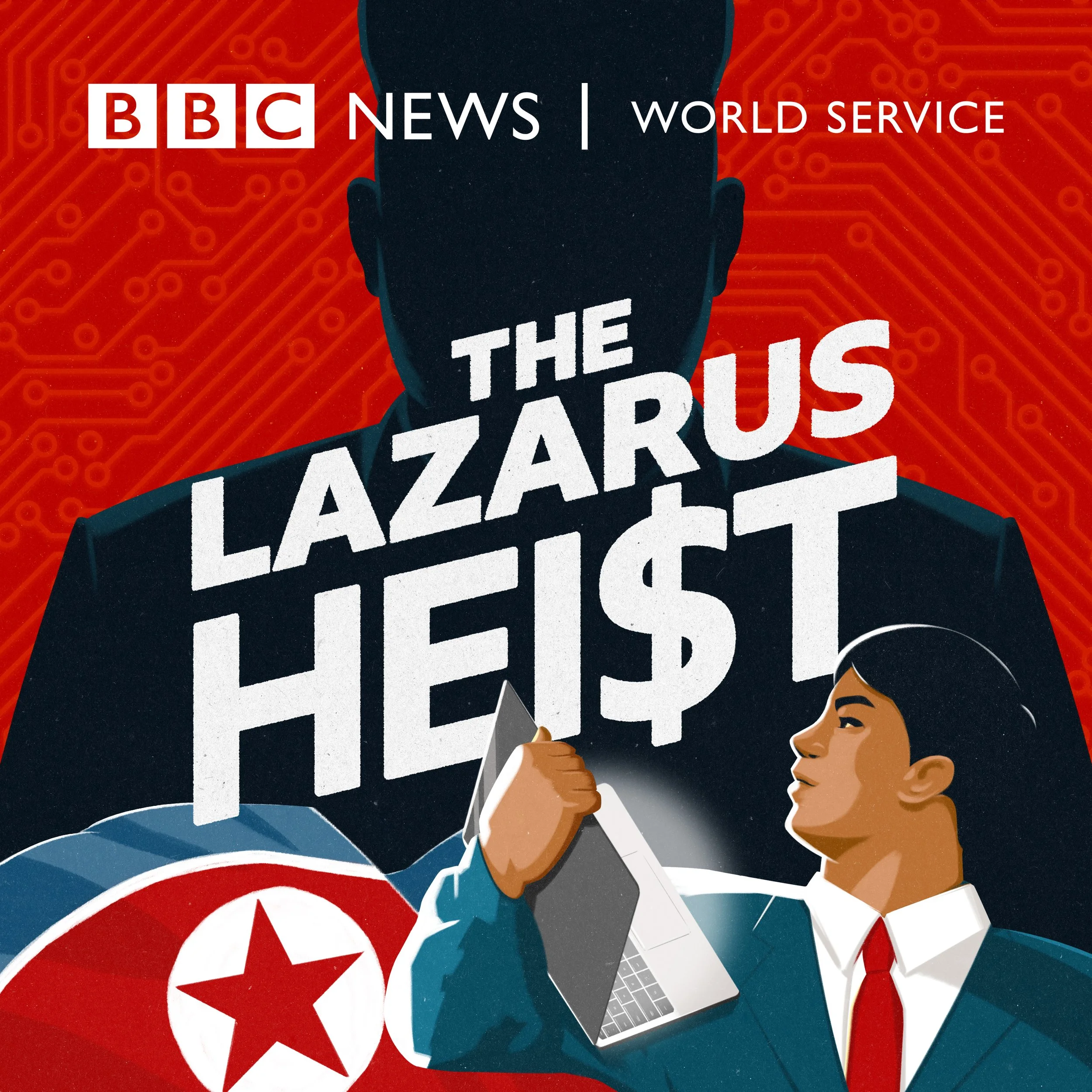




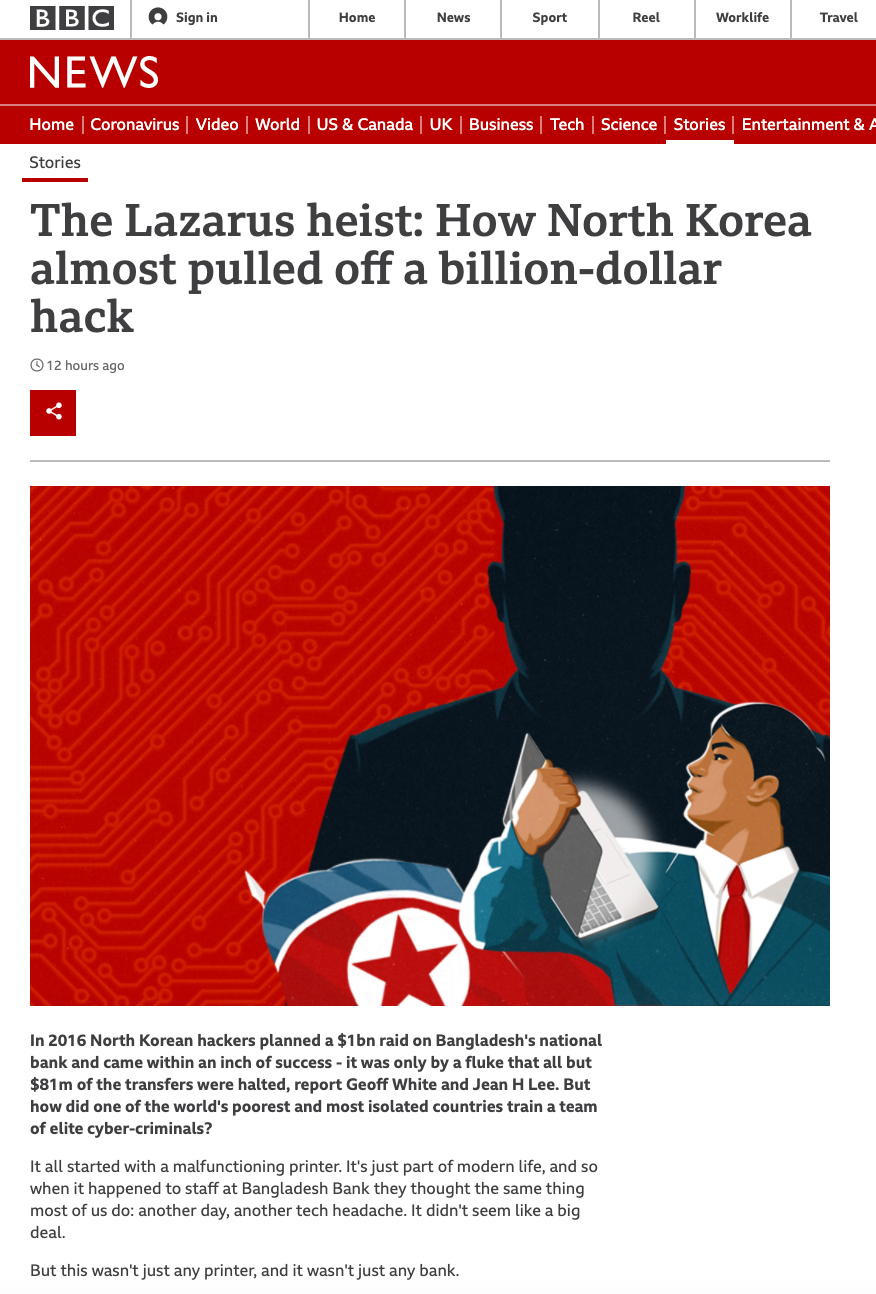













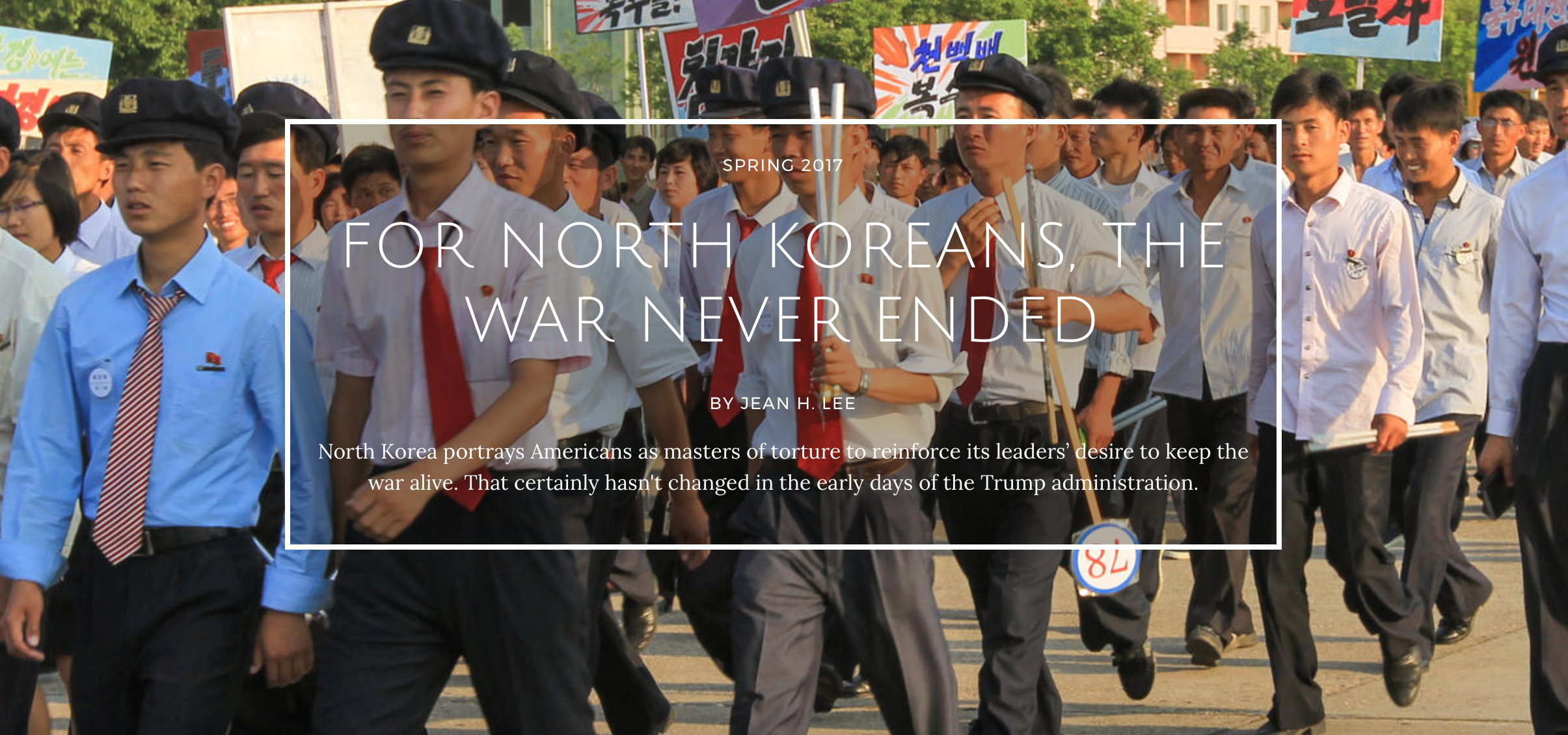


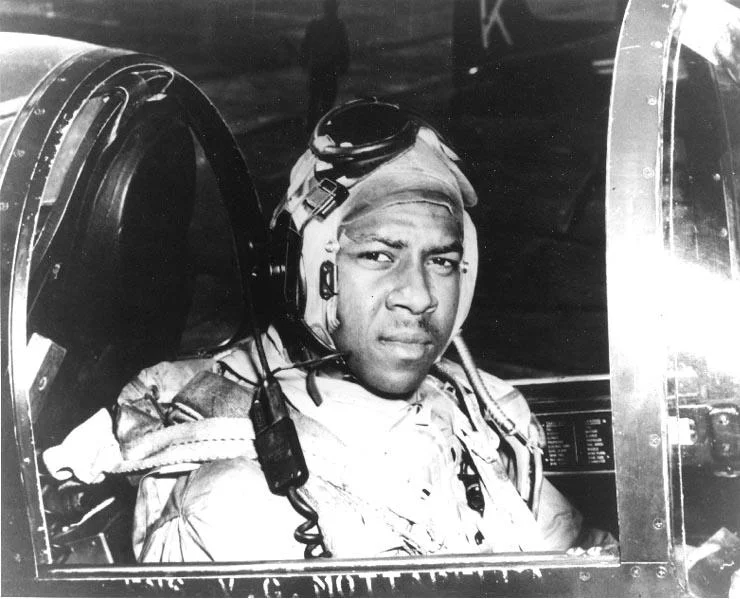
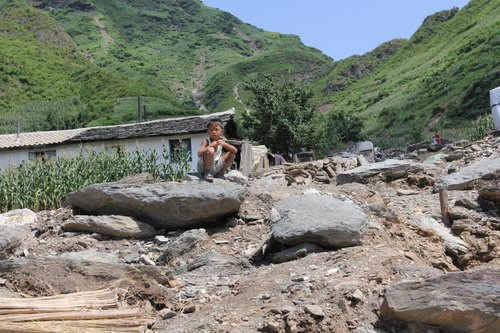




Download all episodes of The Lazarus Heist, watch Lazarus Heist animations, read our feature story about the hackers and view visualizations of the podcast episodes on Lazarus Heist homepage on the BBC World Service website!